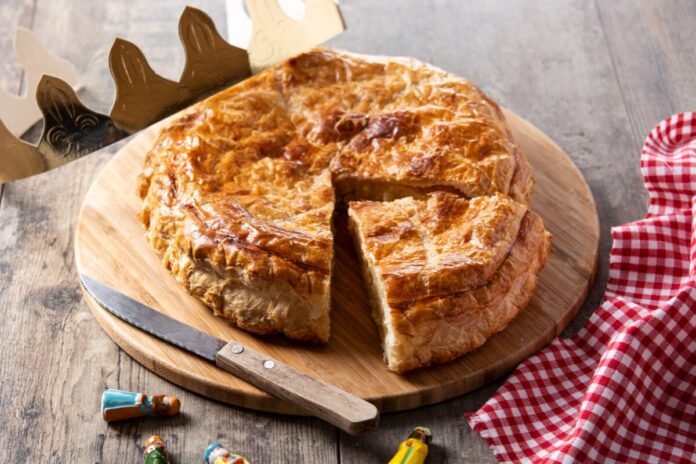Gourmets love its frangipane and its delicate puff pastry: it’s definitely time for the galette des rois! After the Christmas and New Year celebrations, Epiphany, in fact, sounds like a last opportunity to enjoy a friendly break before fully starting the year. This is without counting on bean collectors, who appreciate looking for the precious sesame in the cake even more than tasting it. But why do we hide the bean?
For each pancake made, the baker does not fail to place the famous bean, which will make it possible to designate the king among the people invited to taste the galette des rois. The origin of the bean therefore dates back to the Romans, who used it as a “ballot” to elect the king of the feast during the Saturnalia festivals, popular gatherings, which allowed the winter solstice to be celebrated. . Between December and January, for seven days, festivals took place to celebrate Saturn, god of Peace and Prosperity. Masters and slaves thus found themselves in the grip of a draw, which could dedicate one of the slaves.
It was in the 4th century that the Church made the date of January 6 a public holiday to celebrate the birth of Jesus and the adoration of the Magi. At that time, the king of the party was the one who managed to find a bean in a cake. The first estimated date of sharing a cake dates back to 1311 in a charter from Robert de Fouilloy, bishop of Amiens. According to the rules, whoever got the bean had to pay a round to the entire table. While it was necessary, at all costs, to prevent the king from choking, the bean was replaced in the 19th century by Saxon porcelain. Some even chose to swallow the bean so as not to have to pay for the other guests’ drinks.





